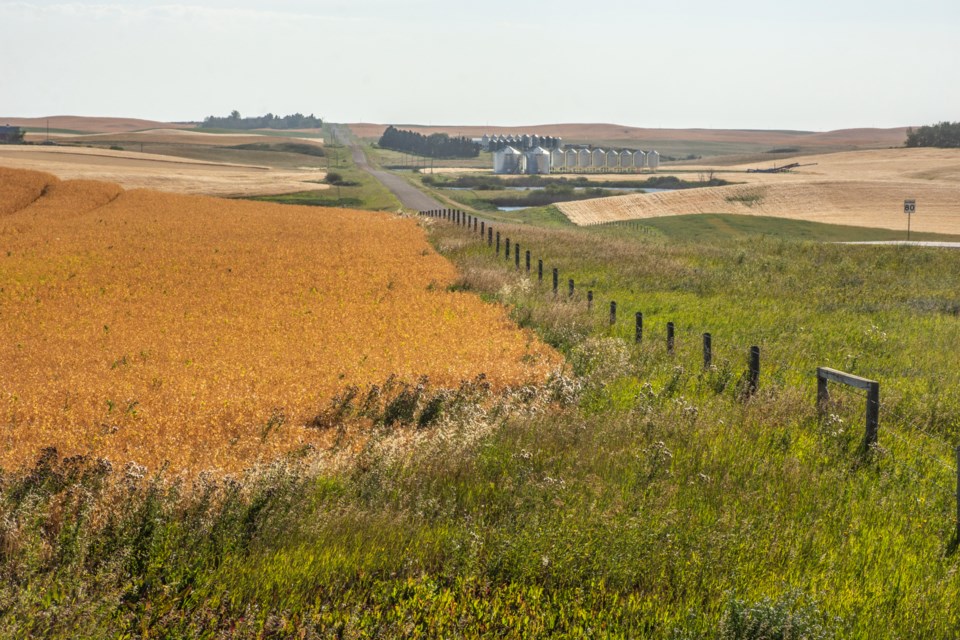When Dr. Tamara Krawchenko returned to Canada, following a stint with the Organization for Economic Cooperation and Development’s rural policy team, she sought out an overview of the various rural policy approaches employed throughout the country, only to find the analysis she was looking for had yet to be written.
“I noticed there is such an incredible, rich literature on rural policy in Canada, but a lot of it is case studies. And there was no systematic, big picture view that I could get on what it looks like,” said Krawchenko, assistant professor at the University of Victoria School of Public Administration.
In a recently published report from the Canadian Rural Revitalization Foundation, Krawchenko and fellow researchers have filled that gap with a wide-ranging survey that digs deep into rural development strategies across all provinces and territories.
One theme emerging from the pan-Canadian comparison is how often the needs of rural communities are overlooked by the policies that affect them. After evaluating the content of 331 strategies, plans, and programs for their rural focus, the researchers scored over 40 per cent as having “low rural content, meaning that the needs of rural areas were not considered or addressed in meaningful terms in the document,” the report states.
“For programs that would mean that it just does not differentiate between the needs of rural and urban applicants,” Krawchenko said. Policies with low rural content, like those geared toward sectors like forestry or tourism can “take place in rural areas but are totally silent on rural communities.”
Only six per cent of policies targeted specific rural communities or groups of communities, such as those affected by a mill closure or industry downturn, and 20 per cent focused on broad rural development goals like broadband or infrastructure.
“Rural economic development is not on the strategic agenda in most places, and where it is present, interventions are dated,” the report concluded.
Plans for rural development were instead dominated by sector-specific approaches, which can tie communities to the boom-and-bust cycles of natural resource economies. With coal, oil, and gas sectors concentrated in rural areas, the need to involve communities in decisions about their futures is increasingly important as the world navigates energy transitions and adapts to climate change, Krawchenko said.
“We've seen these highs and lows (in rural economies), and a resilient and sustainable economy will be one that can sustain and generate well-being for a rural community in the longer term. And the transition to a low-carbon economy has the potential, hopefully, to be more of a resilient economy.
“A lot of those typical highs and lows could be navigated more effectively by trying to focus on creating local value chains and local employment and see benefits within a community,” she said.
The content of rural policies varies significantly from region to region. Nunavut and Prince Edward Island had the highest percentage of policies designed specifically for the needs of rural communities, while Alberta and Newfoundland had the lowest rural content in their strategies, plans, and programs.
During the period of time surveyed, from January to July 2021, only five provinces and territories had a designated rural economic development strategy. In December 2022, Alberta introduced its Economic Development in Rural Alberta Plan, which Agriculture and Irrigation Minister RJ Sigurdson said came out of feedback from rural communities and recognition of the “importance of rural Alberta and what it contributes to our economy as a whole.”
“We really felt that it was necessary to start driving more economic policies that continue to support those small communities, understanding that over the years, we've seen rural decline. And policies like this will go a long way to assisting in making sure that those small communities across Alberta, that support farmers and ranchers and the industry in their area, are here today and continue to have the ability to grow in the future,” he said.
Having these types of plans with specific policy directions can be beneficial to rural economies, but the distinction of which ministry holds the rural portfolio is also important, Krawchenko said. In Alberta, rural economic development planning is overseen by the Ministry of Agriculture and Irrigation.
“To say that rurality is primarily agriculture is really different than if you say that rural economic development is in an economic development or regional economic development ministry. That's kind of a signal right there,” Krawchenko said.
“And I understand that’s because of how important agriculture is to the rural economy, but a lot of other things happen in rural Alberta as well.”




